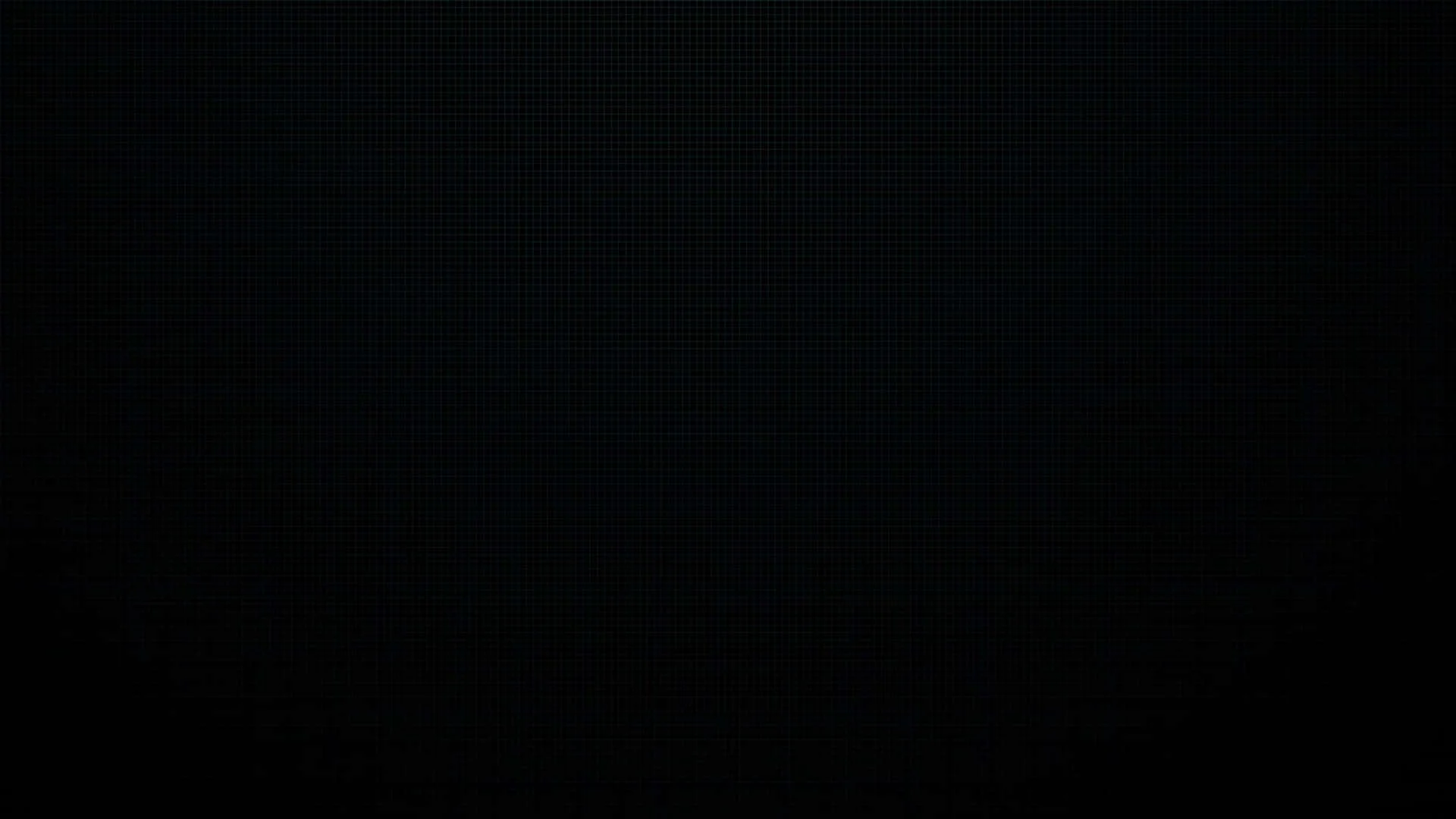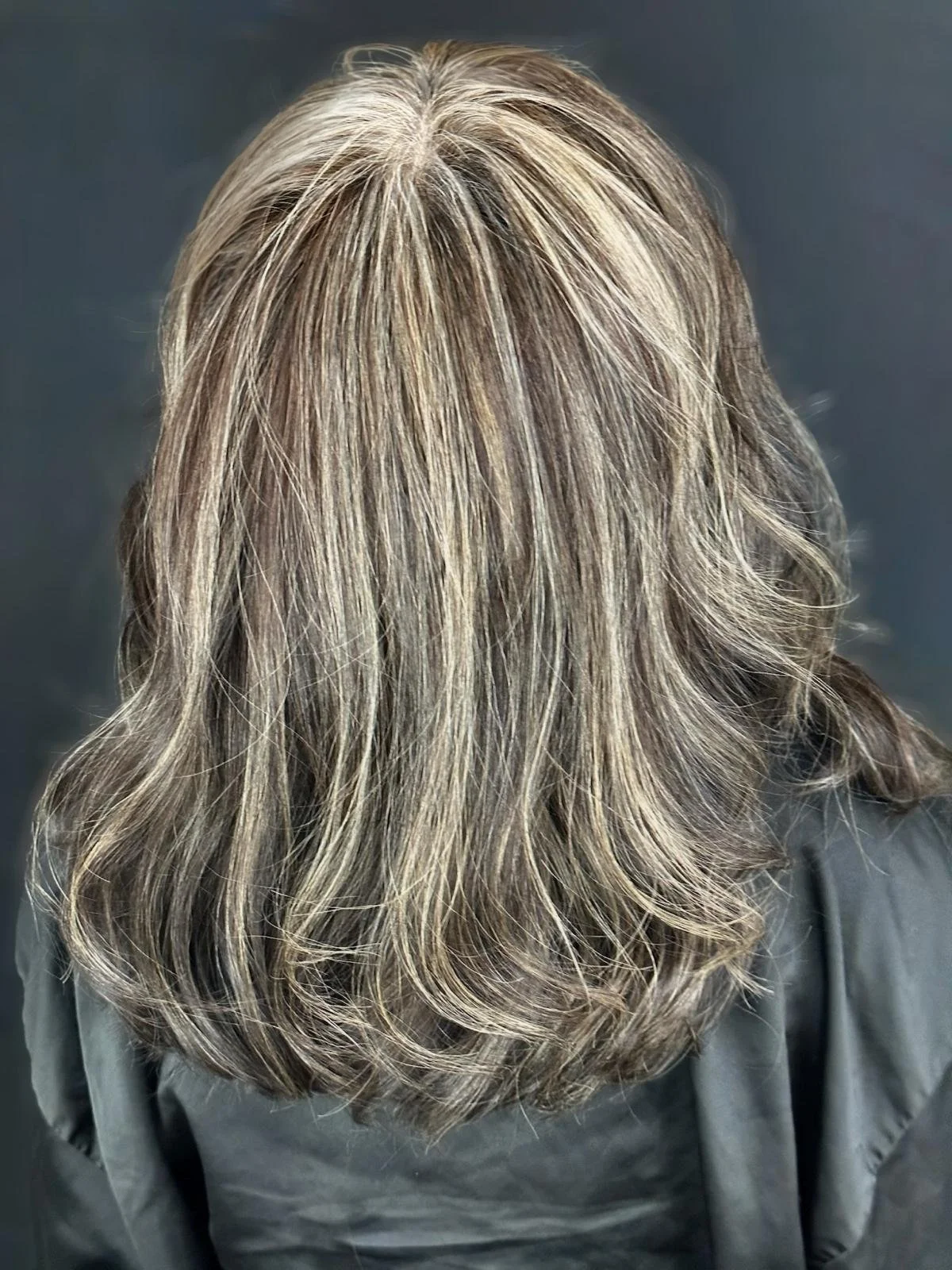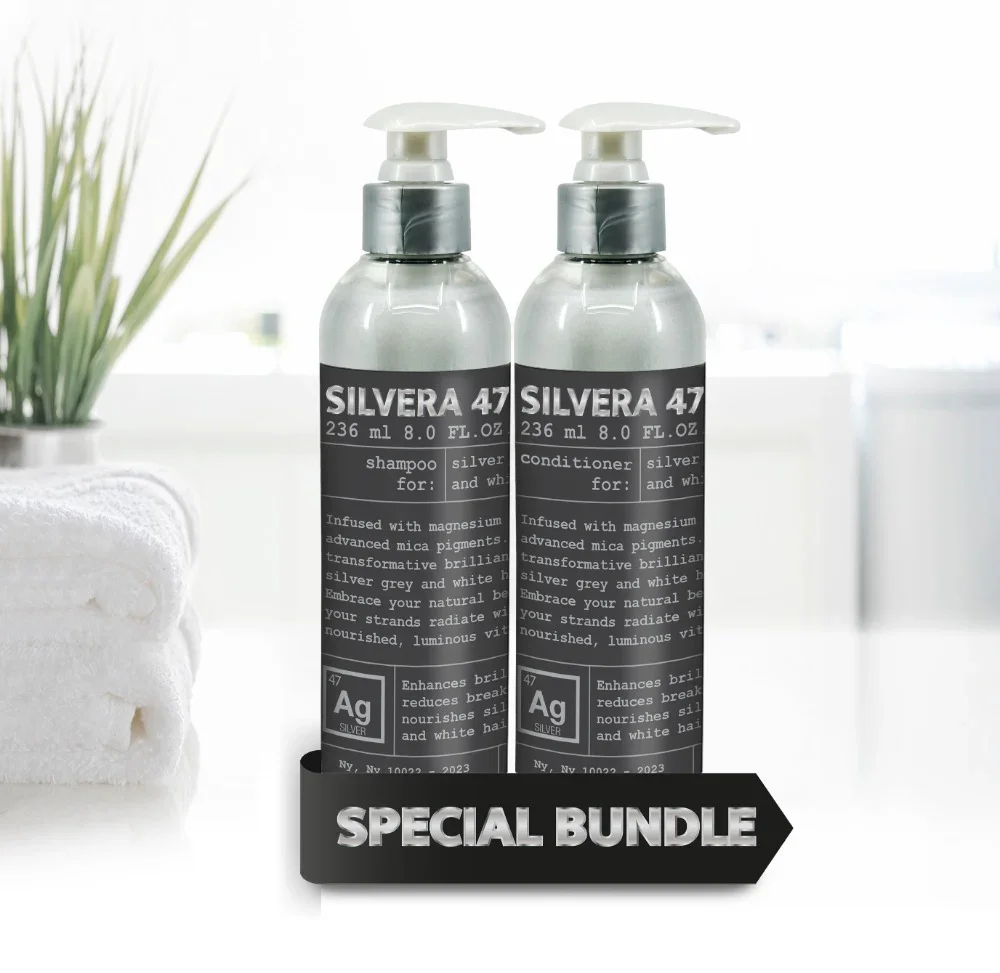







Welcome to The Salon Project by Joel Warren, NY’s premier luxury hair salon, where world-class hair artistry meets innovation and elegance in the heart of Rockefeller Center, NYC.
Designed for the modern individual, our one-stop beauty destination brings together renowned stylists, cutting-edge hair treatments, expert skincare, and premium beauty brands—all in an elegant, state-of-the-art setting.
Experience a calm, bespoke, and effortless beauty transformation with personalized services tailored to your unique style.
LUXURY HAIR. EXPERT CRAFTSMANSHIP.
UNPARALLELED EXPERIENCE

HAIR COLOR -
Our Approach
(What Makes Us Different)
The Conversation (Listening First)
We translate your words and photos into a shared color language—tone, depth, placement, and maintenance.
The Strand Story
A master colorist reads your hair’s history (porosity, previous color, undertones) to predict how it will lift and tone.
The Blueprint
You’ll see a simple plan: technique (foils, balayage, gloss), tone choices, and expected maintenance timeline.
The Finish & Formula Record
We document your formulas, placement map, and gloss recipe, so maintaining your result is effortless.

OUR SERVICES
-

CUTS & STYLING
WOMEN’S HAIRCUT & STYLE
Personalized cuts with professional styling to enhance your natural beauty.
MEN’S HAIRCUT & GROOMING
Tailored cuts and grooming services for the modern gentleman.
BLOWOUT & STYLING
Sleek and voluminous blowouts for any occasion.
-

COLOR ARTISTRY
CUSTOM COLORING
Expert color application tailored to your desired shade.
BALAYAGE & OMBRE
Hand-painted techniques for a natural, sun-kissed look.
HIGHLIGHTS & LOWLIGHTS
Dimensional color to add depth and contrast.
COLOR CORRECTION
Professional solutions to address and rectify color mishaps.
-

HAIR TREATMENTS
KERATIN SMOOTHING TREATMENT
Eliminate frizz and enhance shine with our premium keratin service.
DEEP CONDITIONING MASQUE
Revitalize and nourish hair for improved health and luster.
SCALP THERAPY
Treat and rejuvenate the scalp to promote healthy hair growth.
-

EXTENSIONS
CONSULTATION
Personalized assessment to determine the best extension method for your hair type and desired outcome.
APPLICATION
Professional installation of high-quality extensions for added length and volume.
MAINTENANCE
Regular upkeep services to ensure longevity and optimal appearance of your extensions.
-

BEAUTY & NAILS
FACIALS & SKINCARE TREATMENTS
Personalized facials, peels, and advanced skin treatments tailored to your needs.
MANICURE & PEDICURES
Classic, gel, and spa treatments for hands and feet.
MAKEUP APPLICATION & LESSONS
Day, evening, bridal makeup, and personalized beauty tutorials.

THE BANG BIBLE
From timeless curtain bangs to bold micro fringes, our master stylist has perfected every style in the Bang Bible. Explore expert techniques, tailored tips, and real-life inspiration—designed to help you find your perfect fringe.
Bang Name: The Classic Blunt
Who It’s For: The statement-maker who loves clean lines and timeless style. Best for oval, heart, and long face shapes.
Pro Tip: Blow-dry with a flat brush and finish with a touch of shine serum for a flawless, glassy fringe.
Bang Name: The Effortless Curtain
Who It’s For: The free spirit who loves soft movement and face-framing shape. Perfect for round, oval, and heart-shaped faces.
Pro Tip: Part them slightly off-center and style with a round brush for natural flow. Add a texturizing spray to keep the look airy and undone.
Bang Name: The Side Sweep
Who It’s For: The modern minimalist who loves movement and a touch of mystery. Perfect for square, round, and heart-shaped faces — the sweep softens angles and elongates features.
Pro Tip: Blow-dry with a round brush, directing hair across the forehead. Lock in place with a light-hold spray to keep the sweep polished yet flexible.
Expert Grey Hair Blending | The Salon Project by Joel Warren
BEFORE
AFTER
At The Salon Project by Joel Warren nyc, our stylists specialize in grey hair blending using the latest professional color technology and premium salon-grade products. We customize each look to complement your natural shade,
Softening harsh grow-out lines while maintaining a seamless, youthful finish. Our colorists use advanced techniques such as low-ammonia toners, precision foiling, and modern glossing formulas to create a smooth transition from dyed hair to natural grey.
Whether you’re starting your grey hair journey or refining your silver, we deliver healthy, dimensional results that celebrate your individuality and confidence.
Grey Hair Blending at The Salon Project
Keep Grey, White, and silver hair bright and beautiful with Silvera47 by Joel Warren.
Our Shampoo and Conditioner gently removes yellow tones and boosts shine without purple or blue pigments. Nourishing and clarifying,
Silvera47 preserves softness and true color—ideal for maintaining radiant silver between salon visits.
Follow our Grey Hair Transitioning/Blending journey.

CLIENT TESTIMONIALS
4.9 ⭐⭐⭐⭐⭐ 159 Google Reviews
⭐⭐⭐⭐⭐ The Best Luxury Hair Salon in NYC
"I rarely get compliments after my haircuts BUT after I started going to Cilas, people kept on telling me how great my hair looked! Cilas is professional, patient, knows his stuff and is a pleasure to work with. I HIGHLY recommend him if you are looking for a great haircut." – Jerry G.
⭐⭐⭐⭐⭐ Expert Hair Color and Styling at Rockefeller Center
"I love the Salon Project. The location and salon itself is so lovely right in the heart of the city. Tiffany always does an amazing job with my cut and color. She is friendly, easy to talk to and always knows exactly what I want. They have the best hair care products and I always walk out of the salon looking and feeling like a million bucks!!!" – Kathy W.
⭐⭐⭐⭐⭐ If You Want To Look Sharp, Definitely Go Here
"Ben is great! My updated color is perfectly blended - I got the exact result I envisioned. The service is fantastic, the staff is professional & friendly- especially Daniela. I recommend to everyone who wants to look sharp!" – Debbe I.
⭐⭐⭐⭐⭐ My Favorite Hair Cut
"Carrie has been cutting my hair for over 10 years, and I follow her wherever she goes because she is so talented! She always confirms how I would like my hair styled, and she is very sophisticated in the way she layers my hair to provide volume but also makes it easy for me to maintain on my own between visits. She is the best. And the Salon Project is well located and a lovely space." – Daphne B.

OUR TEAM
JOEL WARREN
FOUNDER | MASTER COLORIST
With over 30 years of experience, Joel Warren is a renowned master colorist and beauty innovator, redefining the salon experience with his expert craftsmanship and trend-setting techniques. As the founder of The Salon Project, Joel’s artistry attracts New York’s elite, offering precision color, styling, and transformative beauty services in an exclusive, state-of-the-art setting.
RICK WELLMAN
HAIRSTYLISTS | MASTER COLORIST
KALI FERRARA
COLOR EXPERT | STYLIST | Grey Hair Blending Specialist
CARLOS VEGA
MASTER HAIRSTYLIST
BEN BEN-AHARON
COLOR EXPERT | STYLIST | EXTENSIONS
THIAGO POMPONIO
COLOR EXPERT | STYLIST
RYAN LOONEY
HAIRSTYLIST | COLOR EXPERT
FRANCESCA D’ASCANIO
COLOR EXPERT
DOLCE PUZO
COLOR EXPERT | STYLIST | EXTENSIONS
JANE MARGARET
COLOR EXPERT
COLOR EXPERT | STYLIST | EXTENSIONS | BRAIDS
TIFFANY WONG
RENY COLINA
HAIR STYLIST
ALLA GOLYNKINA
NAIL TECHNICIAN
IRINA VOLOVIK
NAIL TECHNICIAN
KATHY GALOTTI
EXPERT COLORIST
Ilana Aulov
Beauty Expert
Miranda Shaffer
Expert Colorist
Laura Castorino
Expert Hair Stylist
Bertha Cherisme
Expert Colorist

















































